Expert Physical Therapists in the Heart of Midtown and the Financial District
Spring Forward Physical Therapy offers New York’s elite rehabilitation. We believe that every injury and every patient is different, and thus every patient’s physical therapy will be individualized based on them, not their diagnosis. We don’t provide cookie cutter approaches. At Spring Forward Physical Therapy, you will get unparalleled care ensuring you heal quickly and well.
At Spring Forward Physical Therapy, we work hard to turn the rehabilitation of your injury into an improved level of wellness. This is achieved by providing the patient with insight and understanding into their injury and how it developed in the first place. We determine why the injury happened and work to correct it so that you will lessen your chances of getting hurt again.
Orthopedic Physical Therapy Diagnoses
Select the Part of the Body you would like to explore:
Physical Therapy for the Neck
Physical Therapy of the Back
Shoulder Physical Therapy
Physical Therapy of the Elbow, Wrist and Hand
Physical Therapy of the Hip
Knee Physical Therapy
Ankle and Foot Physical Therapy
Pre-Conception, Pregnancy, & Post-Partum Physical Therapy
P3 Program
Pregnancy related low back pain (LBP) and pelvic girdle pain (PGP) are the most common conditions experienced by pregnant women. Upwards of to 80% of women experience LBP (30% describe pain as “severe”), while upwards of 65% of women experience PGP. Low back pain is considered pain that occurs between the sacrum and 12th rib. Pelvic girdle pain is defined as pain occurring between the iliac crest and gluteal fold, at the sacroiliac joints and pubic symphysis. Even after pregnancy, 68% of women report continuous low back pain, while 10% of LBP goes on to become chronic. Another common pregnancy related condition is stress urinary incontinence, which affects up to 85% of pregnant women.
Pre-Conception
As a woman’s body changes with pregnancy, many postural, biomechanical, skeletal, ligamentous, and muscular changes occur.
Pre-Natal
What factors contribute to a woman experiencing low back pain (LBP), pelvic girdle pain (PGP), weakness, and stress urinary incontinence?
Post-Partum
Following delivery, your OBGYN will inform you when you are safe to return to exercise. Many women return to exercise within 2-6 weeks of delivery.
Patient Testimonials
Review from Thomas O.
Source: Google | Aug 2, 2024
Review from Michael K.
Source: Yelp | Feb 4, 2024
Review from J.D.
Source: ZocDoc | Apr 5, 2023
Latest From Our Blog
Tips to Prevent Winter Sport Activity Injuries
By: Dr. Andre Benzer, PT, DPT, CSCS The winter can be a tough time of year to deal with considering colder temperatures, less daylight hours, more work anxiety and other factors. However, it is also a time of year in which many choose to brighten up their weekends...
DRA and Physical Therapy
----- DR. RILEY OOTTON, PT, DPT, MS What is Diastasis Recti Abdominus (DRA)? DRA is defined as increased laxity and widening of the Linea Alba. This leads to a separation between the two halves of the Rectus Abdominus muscle. This widening can occur anywhere along the...
5 Ways To Stretch Your Lower Back With A Medicine Ball
One of our Physical Therapists, Danielle Weis, PT, DPT, OCS, was interviewed by Well+Good to discuss 5 Ways To Stretch Your Lower Back With A Medicine Ball. She’s quoted saying: “Over the course of the day, the effects of gravity and poor posture cause compression...











